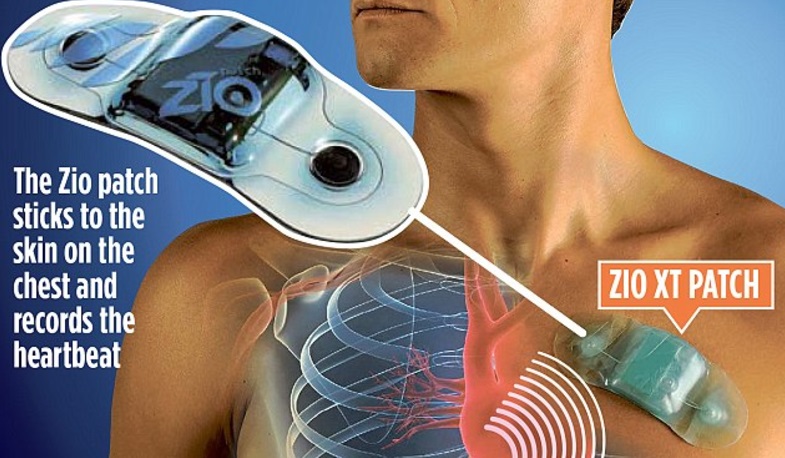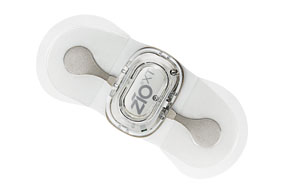



The test can be stopped at any time if the patient develops any chest pain, breathlessness or fatigue. The ECG tracing and blood pressure will be monitored constantly by a doctor and a technician, and readings will continue to be taken in the recovery period after exercising. The test usually takes about half an hour, beginning at a very easy rate and gradually made harder by increasing the slope and speed of the treadmill. An exercise ECG can therefore help to diagnose coronary heart disease, and in patients already known to have this condition it can give more detailed information about the severity of the illness and help doctors to establish a treatment regimen. Pain or other symptoms brought on by exercise can be indicative of a specific type of pain or discomfort caused by coronary artery disease. The patient may not necessarily be aware of these changes but a longer ECG recording will help the doctor to determine if any treatment is required to manage them.Īn exercise tolerance test, sometimes called a stress ECG or treadmill test, is an ECG carried out while the patient exercises, usually on a treadmill but sometimes on a stationary bicycle. The type of device and length of recording chosen will depend on the frequency of the patient’s symptoms.Ī patient might also be asked to wear a monitor for a period of time if their 12 lead ECG shows changes to the conduction system of the heart. The patient will also be asked to keep a diary of any symptoms experienced during the time the monitor is worn, so that the doctor can pay special attention to the recordings made at those times and determine whether the symptoms in question are related to the heart. Unlike a Holter Monitor which records every single heartbeat for 24 hours, MCT and Event Monitors only record (and store in their memories) abnormal cardiac rhythms.
#14 DAY HEART MONITOR PATCH#
Saunas and steam rooms should also be avoided since these may cause the adhesive to weaken and make the patch more likely to detach from the skin. Mobile Cardiac Telemetry (MCT) and Event Monitoring are able to provide cardiac monitoring typically for 1-2 weeks but in some cases may be worn for up to 4 weeks. The devices are splash-proof so a quick shower each day does not pose a problem, but patients are asked to avoid swimming and to keep the monitor above the waterline if having a bath. It takes just a few minutes to fit the device and once it has been applied the patient should go about all their daily activities as usual until the monitoring period has come to an end, but should avoid immersing the device in water. In the last few years technology has come on a long way and the former cumbersome monitors with multiple cables and stickers have been replaced with devices which come as a single unit adhesive patch and are very discreet. day cardiac event monitoring, 3-30 day mobile cardiac telemetry, as well as 3-14 day. Recording the electrical activity of the heart over a longer period of time than a standard ECG can help to identify the heart rhythm at times of symptoms such as palpitations or dizziness, which may not occur all the time. The ZywieNano Patch is the worlds smallest wearable heart monitor.


 0 kommentar(er)
0 kommentar(er)
